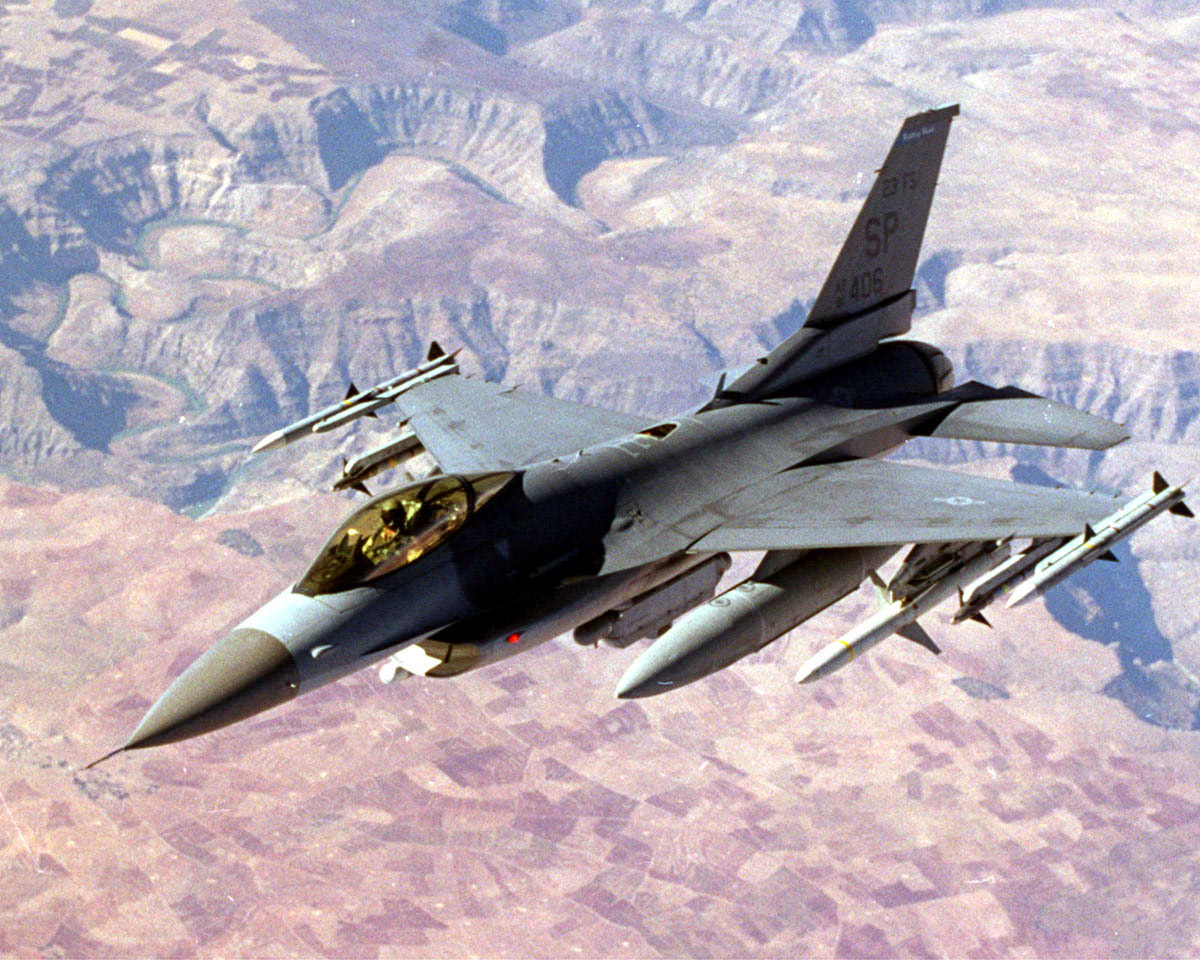
During the first lull—1991 to 2003—in the now-23-year-old Iraq war, U.S. war planes would routinely destroy missile sites operated by Saddam Hussein’s forces if American pilots deemed them threatening.
Now that the U.S. is amid a second lull, since pulling its forces out in 2011, it has adapted a different strategy. While it’s flying 30 or more manned and unmanned airplanes daily over Iraq to chart the progress of the rebels belonging to the Islamic State of Iraq and Syria, as they bulldoze across western Iraq and threaten Baghdad, the U.S. has numbed its trigger finger.
“No truth to rumors in media today that US drones struck [ISIS] targets in Iraq,” Rear Admiral John Kirby, the Pentagon’s top spokesman, tweeted to his 27,000 followers mid-day Tuesday.
What’s going on here?
It’s simple: the U.S. military generally “sends messages” by attacking. Now it is sending messages by not attacking. And its target this time around isn’t the enemy, but its purported ally running the country.
While the Pentagon officially denies it, the U.S, government is dragging its feet when it comes to defending Prime Minister Nouri al-Malaki’s government in Iraq. This Goldilocks approach surfaced at Tuesday’s Pentagon briefing, where Kirby said ISIS is a “legitimate threat to Baghdad,” and said the first 90 U.S. troops have arrived in the Iraqi capital to set up a command post and figure out how the U.S. might be able to help. President Obama said Thursday that as many as 300 advisers could end up in Iraq offering intelligence and guidance to the Iraqi security forces trying to defeat ISIS.
“This is a measured, deliberate approach to help us and [the Iraqi government] get better eyes on the situation,” Kirby said. “This isn’t about making assistance and advice hinge purely and solely on political gains.”
But Kirby described a Pentagon that is in no rush to save the Iraqi capital:
The teams will begin their assessments immediately and provide their findings through the chain of command within the next two to three weeks…we continue to fly routine and regular ISR [intelligence, surveillance and reconnaissance] missions over Iraq to the tune of about 30 to 35 flights per day to help us gain better insight about the security situation on the ground. This continued effort will no doubt aid our assessment teams as they begin their important work…then we’ll make decisions, follow-on decisions, about the second joint operations center in northern Iraq at a later date…Right now we’re sort of in the assessment phase, and standing up the joint operations center is a key part of that. Eventually we’ll move to, you know, a more active advise-and-assist phase.
Washington is trying to hit the sweet spot: promise to deliver enough help in the form of air strikes and on-the-ground advisers to preserve Maliki’s government, but make sure it arrives slowly enough that he feels compelled to compromise with the Sunnis and Kurds who are now tearing the country apart.
It’s a gamble, for both Obama and Maliki.
It isn’t clear yet whose side time is on. The final U.S. troops left South Vietnam on Mar. 29, 1973. Saigon fell to North Vietnam, and South Vietnam ceased to exist, 762 days later, after the U.S. Congress refused to pay for additional fighting. It has been 919 days since the last U.S. troops stationed in Iraq, to wage the war that started with the 2003 invasion, headed for home.
More Must-Reads from TIME
- Donald Trump Is TIME's 2024 Person of the Year
- Why We Chose Trump as Person of the Year
- Is Intermittent Fasting Good or Bad for You?
- The 100 Must-Read Books of 2024
- The 20 Best Christmas TV Episodes
- Column: If Optimism Feels Ridiculous Now, Try Hope
- The Future of Climate Action Is Trade Policy
- Merle Bombardieri Is Helping People Make the Baby Decision
Contact us at letters@time.com